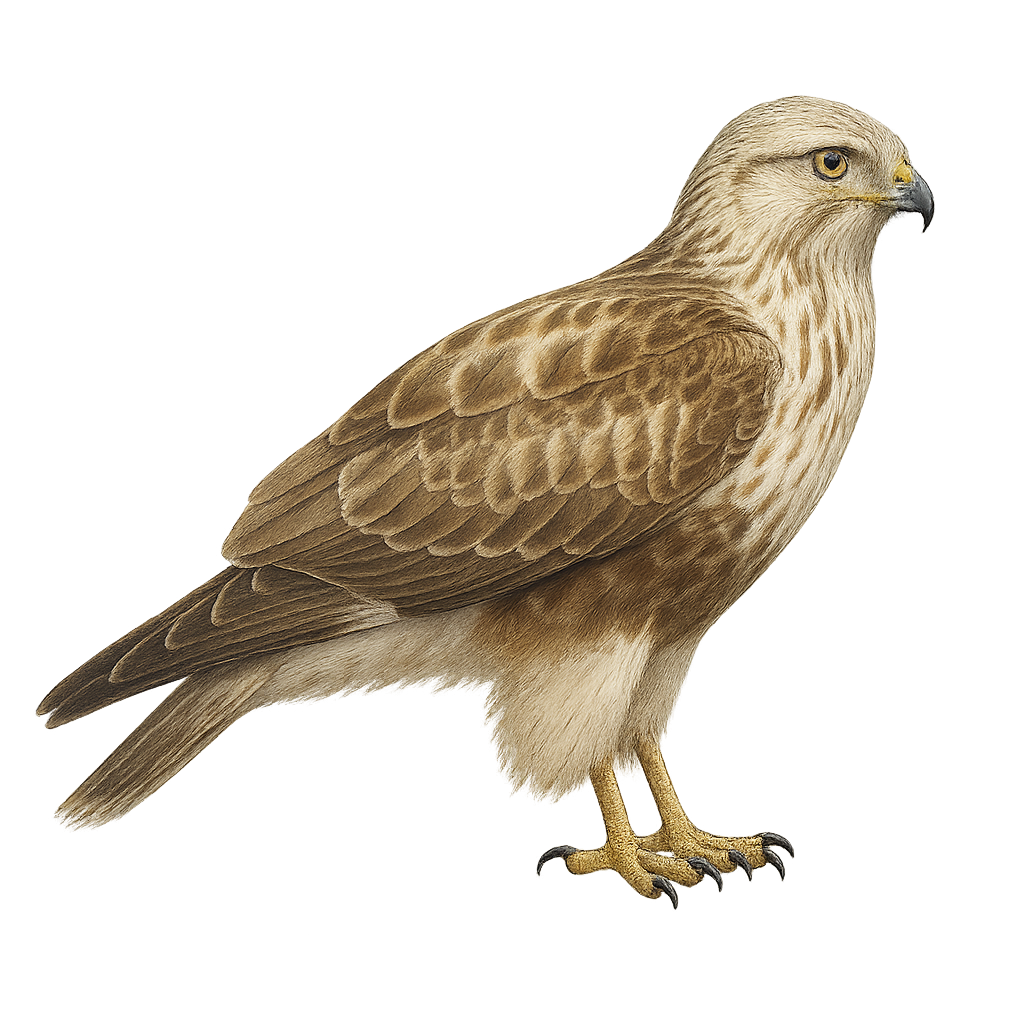Your wildlife photography guide.
Explore the rough-legged buzzard in detail, study its behavior, prepare your shots.
Where to observe and photograph the rough-legged buzzard in the wild
Learn where and when to spot the rough-legged buzzard in the wild, how to identify the species based on distinctive features, and what natural environments it inhabits. The WildlifePhotographer app offers tailored photography tips that reflect the rough-legged buzzard’s behavior, helping you capture better wildlife images. Explore the full species profile for key information including description, habitat, active periods, and approach techniques.
Rough-legged Buzzard
Scientific name: Buteo lagopus

IUCN Status: Least Concern
Family: ACCIPITRIDAE
Group: Birds
Sensitivity to human approach: Suspicious
Minimum approach distance: 30 m
Courtship display: May to June
Incubation: 28-31 jours
Hatchings: June to July
Habitat:
Tundras, grasslands, agricultural areas
Activity period :
Primarily active during the day, with peak activity in the morning and late afternoon.
Identification and description:
The Rough-legged Buzzard, or Buteo lagopus, is a medium-sized bird of prey known for its feathered legs, which help it endure cold climates. It features a brown plumage speckled with white, with a white tail barred with black. This raptor is often seen hovering, scanning the ground for prey, mainly rodents. It breeds in arctic and subarctic regions but migrates southward in winter. The Rough-legged Buzzard is a solitary bird, although it can be seen in small groups during migration. It prefers open habitats such as tundras, grasslands, and agricultural areas.
Recommended lens:
400 mm – adjust based on distance, desired framing (portrait or habitat), and approach conditions.
Photography tips:
To photograph the Rough-legged Buzzard, focus on open areas where it hunts, such as grasslands or fields. Use a telephoto lens of at least 400mm to capture precise details without disturbing the bird. Be patient and discreet, blending into the environment to avoid scaring it away. The best times for photography are early morning or late afternoon when the light is soft and the bird is active.
The WildlifePhotographer App is coming soon!
Be the first to explore the best nature spots, track rutting seasons, log your observations, and observe more wildlife.
Already 1 430 wildlife lovers subscribed worldwide

